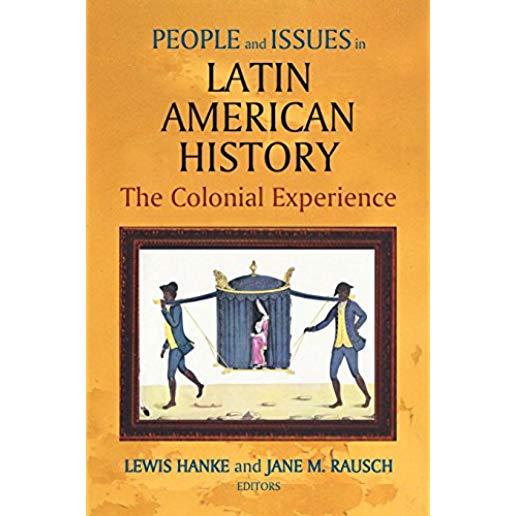
Duxbury, Kathleen
The Civilian Conservation Corps (1933 - 1942) was a labor force meant to help those hardest hit by the staggering unemployment caused by the Great Depression. The CCC was the first and most successful of President Franklin D. Roosevelt's New Deal work programs. With the President's personal approval, a small group of artists were assigned to document the life and work in CCC. Reima Victor Ratti, like so many unemployed boys of his generation joined the CCC, but Reima did so with the eye of an artist. What transpired during his CCC days and beyond, was life changing, news worthy, and historic. Though he began as a CCC laborer, his creative talents were recognized and his status changed to artist. He found confidence and purpose in painting the rock crushing labor of the CCC boys along the Milwaukee River; and in sketching a "tree army" in the midst of battling fires on remote Isle Royale. As an embedded CCC artist, he was in his element as he created what he saw and felt. These experiences inspired him to sculpt a small figure symbolizing a CCC boy after a day of work. When this sculpture surfaced six decades later, CCC alumni recognized themselves in Ratti's art. They used it as a model for a monument, the CCC Worker statue. Today, these larger-than-life statues can be found in state and national parks. They are monuments to remind all of the great the lasting good accomplished by the CCC.







